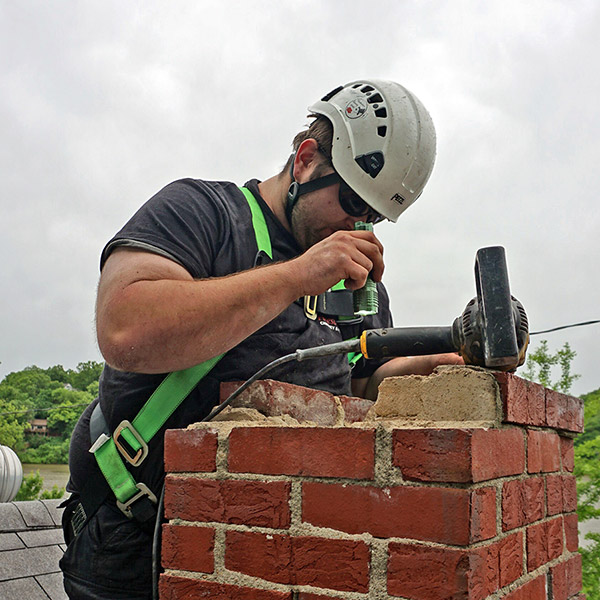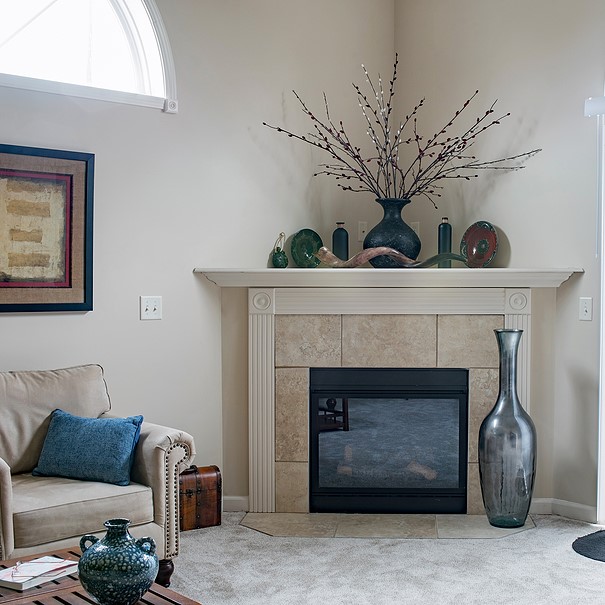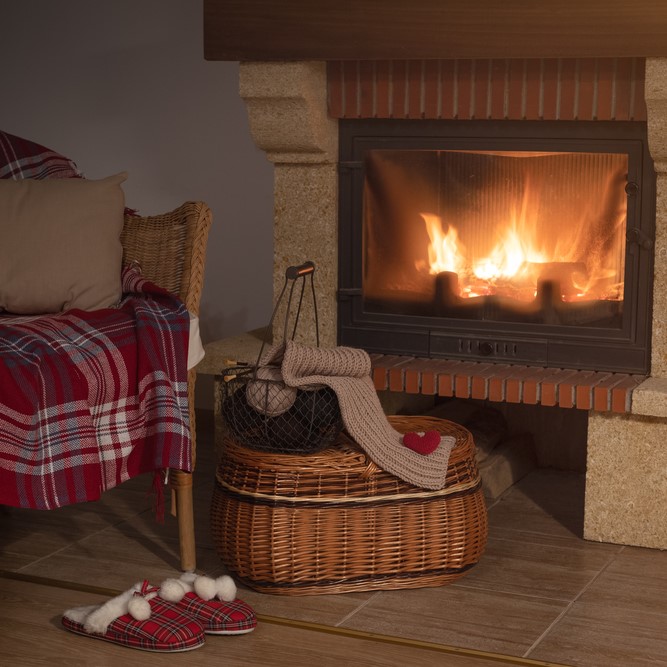What the Pros Know About Chimney Leaks
 A leaky chimney can be confusing, dangerous and possibly quite expensive to fix if the problem isn’t taken care of in the early stages. When getting estimates to have your chimney leak repaired, consider working with licensed, certified chimney professionals, who bring a wealth of knowledge to every job.
A leaky chimney can be confusing, dangerous and possibly quite expensive to fix if the problem isn’t taken care of in the early stages. When getting estimates to have your chimney leak repaired, consider working with licensed, certified chimney professionals, who bring a wealth of knowledge to every job.
Here’s some of that knowledge.
What causes a leaky chimney?
Chimney technicians generally consider any situation in which water is infiltrating the chimney system a “chimney leak.” This includes water coming in from the top of the chimney due to damaged or missing chimney cap or water getting into bricks and mortar.
Here are some common direct and indirect causes of chimney leaks:
- Damage to the masonry
- Issues with the chimney cap or no cap in place
- Cracked chimney crown
- Warped or deteriorated chimney flashing
- Earthquakes, house-settling, major hail storms
- Improperly built chimney footing
- Chimney fires
- Gale-force winds
- Ice dams around the chimney base
Get chimney leaks fixed quickly
What starts as a small leak in the chimney system will eventually turn into a major problem that could include widespread masonry deterioration as well as damage to building materials of your home near the chimney structure.
Leaky chimneys don’t get better – they get worse. Fortunately, a skilled chimney services professional can perform a thorough inspection and determine why the leak is happening, where it’s centered and what will be required to resolve it.
Spotting a leaky chimney
If you notice any of these common chimney-leak signs, now is the time to address the problem:
Water in the firebox – could be from major leaks in the masonry or water coming into the top of the flue
White staining on exterior bricks – usually means that water is penetrating the bricks, possibly through cracks
Crumbling mortar on the roof near the chimney – mortar-joint damage doesn’t necessarily mean the chimney is leaking, but it means it may start to before long
Damp sections of walls and ceiling – could point to a leak within the chimney system or some part of the roof
Musty smells coming from the fireplace – creosote and soot inside the flue will give off strong odors when excess moisture is present in the chimney liner
Chimney leak repair
 Professional chimney companies have a variety of methods they can use to address and solve chimney leaks including:
Professional chimney companies have a variety of methods they can use to address and solve chimney leaks including:
- Chimney waterproofing
- Tuckpointing to replace compromised sections of masonry
- Brick repair or replacement
- Flashing repair or installation
- Chimney cap repair or replacement
- Chimney chase top repair or installation
- Chimney crown repair or reconstruction
Start with a chimney inspection
If you notice any of the signs of a leaky chimney we listed above, your first step is to schedule a chimney inspection with a licensed professional. Do this prior to using your fireplace again.
Chimney inspections will zero in on the leak, and they also will spot other types of damage or malfunction within your chimney system that you may not know about. A good inspection is like a scorecard: it tells what’s working, what’s not and what it will take to get everything running safely and efficiently.
Fluesbrothers Chimney & Fireplace of Kansas City, KS, provides CSIA-certified chimney sweeping, chimney inspections and all types of leaky chimney repair and other repair and rebuilding services. Talk with a chimney expert today at (913) 236-7141.
The post What the Pros Know About Chimney Leaks appeared first on Fluesbrothers Chimney Service.
 Ambiance
Ambiance Affordability
Affordability